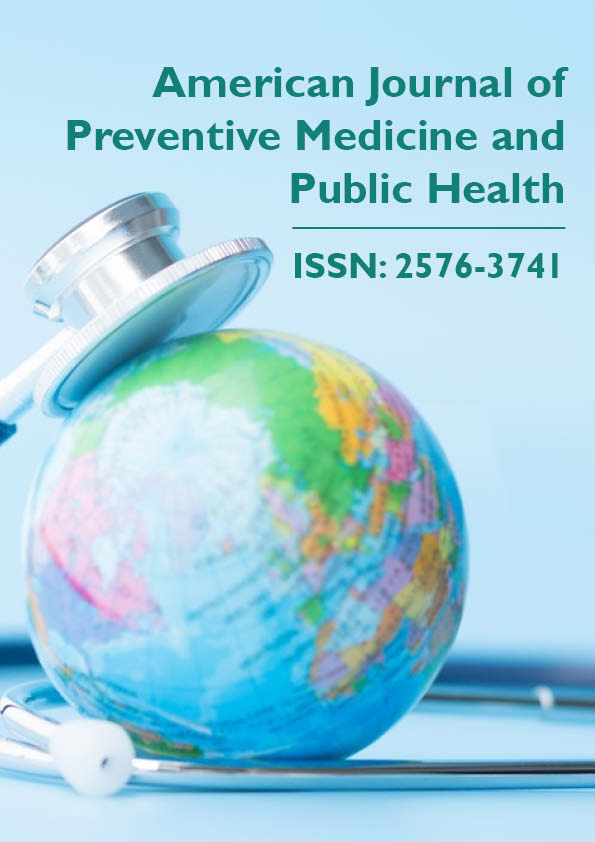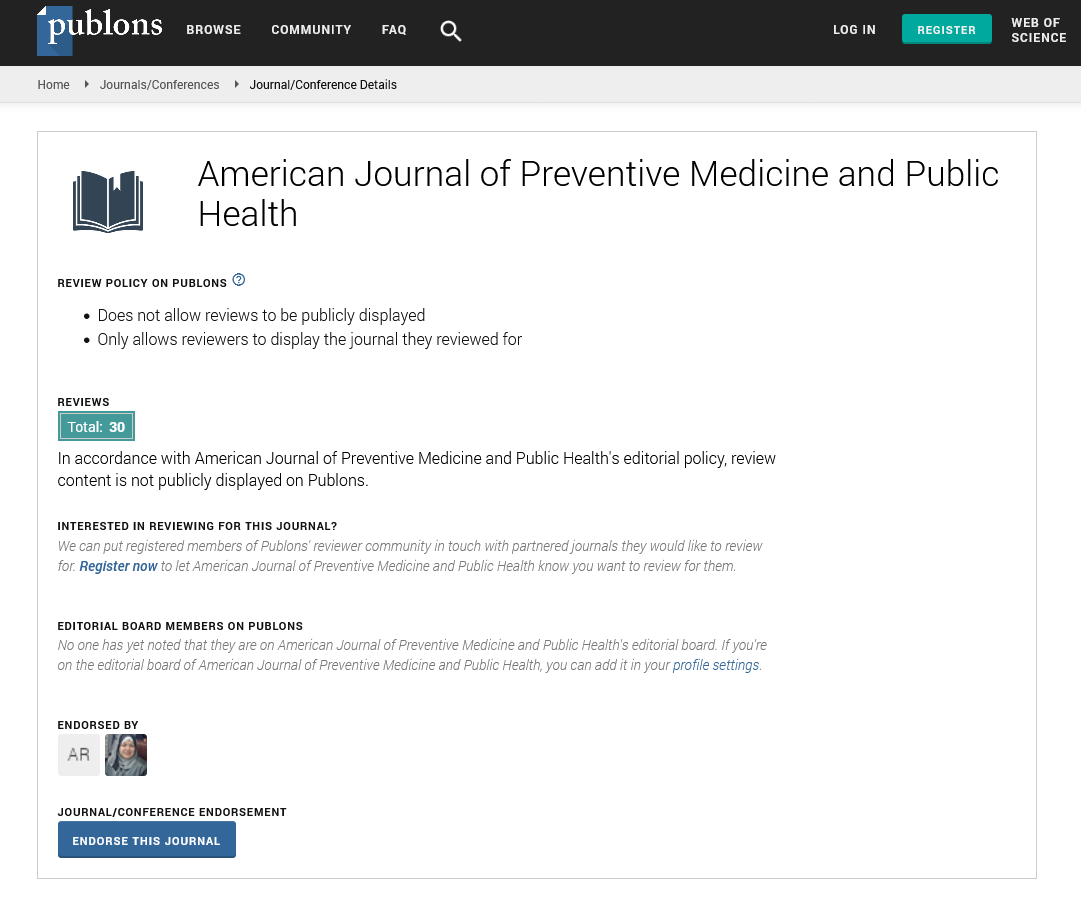Extraordinary Attention, Ordinary Neglect: The High Cost of Disaster Preparedness and Response
Abstract
Objective: To assess the ratio of public health resources allocated in the U.S. to preparedness versus other public health efforts, and to consider the merits of this ratio. Methods: Publicly available data on public health expenditures on preparedness and non-preparedness efforts and on morbidity and mortality associated with these projects. Examines five questions: - What distinguishes disaster from non-disaster? - What is the relative health burden of disaster and non-disaster events in the U.S.? - What is the relative allocation of resources for disaster and non-disaster events in the U.S.? It is difficult to ascertain the cost of averting a death associated with disaster, but I ask what is the cost of averting deaths from several causes of non-disaster deaths. - What are the ratios of resources/disaster and /non-disaster events in the U.S., and how do these two ratios compare, i.e., how does the allocation of resources for disaster outcomes compare with that for non-disaster outcomes a ratio of ratios? - What is the cost of averting deaths from several non-disaster causes of deaths? Results: At first glance, the ratio of expenditures on preparedness to non-preparedness versus associated morbidity and mortality seems very high. Public health implications: Rethink the ratio and possibly reduce it, allocating greater proportions to non-preparedness conditions.
HTML PDF






